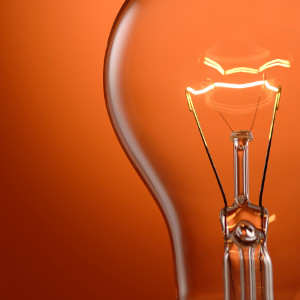Nuclear power can be produced from the fission of uranium, plutonium or thorium or the fusion of hydrogen into helium. Fission is a splitting of something into two parts. Today it is almost all produced from uranium. The basic energy fact is that the fission of an atom of uranium produces ten million times the energy produced by the combustion of an atom of carbon from coal.
A nuclear reactor produces and controls the release of energy from splitting the atoms of certain elements. In a nuclear power reactor, the energy released is used as heat to make steam to generate electricity. In a research reactor the main purpose is to utilise the actual neutrons produced in the core. In most naval reactors, steam drives a turbine directly for propulsion.
The principles for using nuclear power to produce electricity are the same for most types of reactor. The energy released from continuous fission of the atoms of the fuel is harnessed as heat in either a gas or water, and is used to produce steam. The steam is used to drive the turbines which produce electricity by a similar process as used in most fossil fuel plants.
Radioactivity is a natural phenomenon and natural sources of radiation exist. Radiation and radioactive substances have many beneficial applications, including power generation, uses in medicine, industry and agriculture. The radiation risks to workers and the public and to the environment that may arise from these applications need assessment and, if necessary, they must be controlled. All activities using any form of radiation must therefore be subject to safety standards. The International Atomic Energy Agency, IAEA, is the main international body promoting and setting these standards and enforcing compliance






